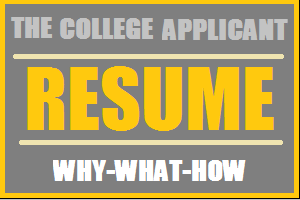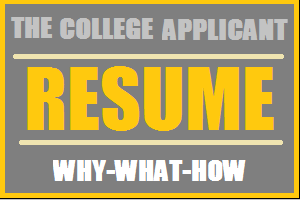
Getting into the best US universities is a dream of every student who aspires to pursue a master’s in America. However, these top universities have higher academic and co-curricular requirements that one needs to keep in mind before starting the preparation and application process.
Following are the key requirements to make it to the top 25 US universities:
GRE score above 320: Topmost US universities require a high GRE score, usually more than 320, and a Quant score of 165+. At Dilip Oak’s Academy, our experienced faculty offer thorough guidance to make sure you score well. Two of our students scored 340/340, and two others scored 339/340, along with many others who scored more than 330. Our GRE Online Coaching is as interactive as classroom coaching, and we already have more than 1000 students enrolled with us.
Good academic performance: A consistently good percentage (70% and above) or a GPA above 8.5 in your bachelor’s program is ideal for securing the best admits. If you are still in your third year and your GPA is not up to the mark, you have a good chance to amp it up.
Projects/internships: Projects and relevant internships contribute a lot to the selection process. Make sure that you have worked on good academic projects that demonstrate your technical skills. Internships show your practical experience and knowledge of the subject.
Paper presentations: Some of the best US universities often require students to publish research papers in nationally and internationally recognized seminars and reputed international publications. If you have enough time and you have not presented any paper yet, go for it. It is a great way to upscale your academic credentials and also stand out among the many applicants.
Work experience: Work experience is often an add-on to your other achievements. If you are not in a hurry to pursue MS right after graduation, we recommend you to work in your relevant field for at least one or two years and then apply for MS. This will give an edge to your application and also help you get a good job after your MS.
Strong SOP and LORs: A Statement of Purpose is a crucial document in the application process because it explains why you wish to join the university and the program. Your intent must come across strongly for the university to find you suitable for admission. At the academy, our SOP faculty helps you to draft appealing SOPs and LORs as per the university requirements.
Enroll for our online GRE batches
Enroll for our admission counseling services
Call us for more information: 91-020-67444222, 91-8007878495.




